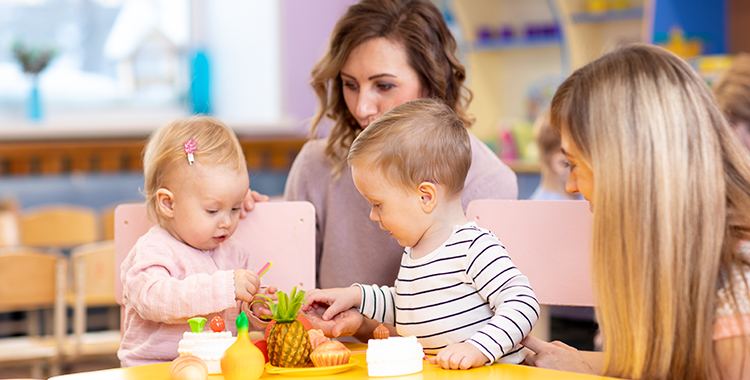Emotional resilience refers to the ability to bounce back from stress, adversity, failure, challenges, or trauma. It’s not something children either have or don’t have; it’s a skill that can be developed. And in our ever-changing world, it’s a crucial skill for children to possess. This blog post aims to provide parents with practical tips and insights to help their children develop resilience, preparing them for future challenges.
Understanding Emotional Resilience:
Simply put, emotional resilience is adapting to stressful situations or crises. For children, this means learning how to manage their emotions and cope with the setbacks they face as they grow. Developing resilience is crucial because it helps children navigate childhood and lays a strong foundation for dealing with the complexities of adult life.
Strategies to Foster Resilience:
Parents can foster resilience at home through several effective strategies:
Encouraging Open Communication About Feelings: Make it a norm in your household to discuss emotions openly and regularly. This practice helps children learn to express and understand their feelings, a key component of resilience.
Teaching Problem-Solving Skills: Teach children to face problems rather than avoid them. Discuss potential solutions and outcomes with them, guiding them through decision-making.
Setting Realistic Goals and Celebrating Achievements: Help children set achievable goals to foster a sense of accomplishment. Celebrate these achievements, no matter how small, to reinforce their efforts and resilience.
Providing a Stable and Supportive Home Environment: Consistency and security are the backbones of resilience. A supportive home environment assures children that they have the safety needed to explore and navigate their problems.
Role of Parents in Developing Resilience:
Parents play a crucial role in modelling resilient behaviours. Children learn a lot by observing how their parents handle stress and setbacks. Regularly demonstrate resilience in everyday situations, whether dealing with a work problem or managing household issues, to show your children that setbacks are a part of life and can be overcome.
Community and Social Support:
The wider community, including schools, plays a significant role in supporting a child’s emotional development. Engage with school programs and community activities that support skills like teamwork, leadership, and emotional regulation. Additionally, encouraging your child to participate in group activities can enhance their social support networks, which is vital for emotional resilience.
Conclusion:
Building emotional resilience in children requires patience, consistency, and a proactive approach from parents. By fostering open communication, teaching problem-solving skills, setting realistic goals, and providing a supportive environment, parents can significantly influence their children’s ability to handle life’s challenges.
Call to Action:
We’d love to hear from you! Share your experiences and tips on nurturing resilience in children. What strategies worked for you? What challenges did you face? Your insights could support and inspire other parents striving to do the same.

Hannah
Marketing Manager




